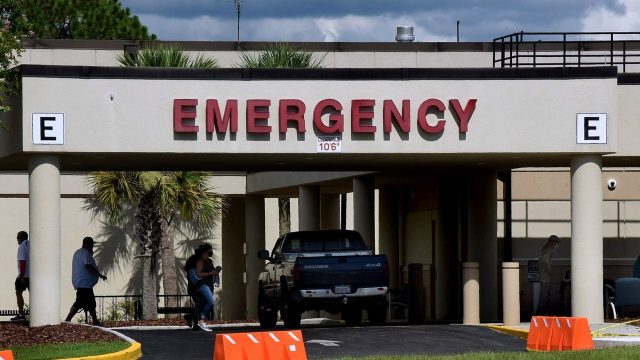
There has been a surge in recent years of private equity groups buying hospitals throughout the U.S., and emerging evidence suggests this may have unintended consequences. Following a hospital’s purchase by a private equity group, deaths in the emergency room increase significantly, according to new research. This data is adding to a slew of other health- and business-related complaints as more hospitals are being snapped up by private equity.
How much are deaths increasing at these hospitals?
After a private equity firm acquires a hospital, its emergency room death rate increases by 13.4%, or about seven additional deaths per 10,000 patients, according to research in the journal Annals of Internal Medicine. This data was based on “1,007,529 emergency department visits and 121,080 ICU hospitalizations across 49 private equity hospitals” from 2009 to 2019, said the journal. This was compared to data from 293 hospitals that were not acquired by private equity.
This is not the first study to find a link between private equity hospitals and ER deaths, but it “adds fresh evidence to previous studies showing harmful patient outcomes and higher costs among health care entities owned by profit-oriented financiers,” said NBC News. And this new research “differed from previous studies on private equity’s impact, which focused on patients who were admitted to the hospital” and not emergency rooms.
The study also concluded that hospitals under the control of private equity firms have “reduced salaries and staffing relative to nonacquired hospitals,” said the journal. This could “explain the increased patient transfers to other hospitals, shortened ICU lengths of stay, and increased emergency department mortality.”
Why is this happening?
The culprit is likely “decreases in overall staffing and salary expenditures,” said The Boston Globe. Private equity hospitals reduced ER salaries by 18.2% and ICU salaries by 15.9%, and this is “likely due to a combination of reducing staff and filling roles with less expensive — often meaning less experienced — labor.” This in turn has led to more deaths among these hospitals, and “deaths went up even as private equity acquired hospitals sent more of their sickest patients to other hospitals.”
This study “shows that those financial strategies may lead to potentially dangerous, even deadly consequences,” study author Dr. Zirui Song, a professor of healthcare policy at Harvard University and general internist at Massachusetts General Hospital, said to Newsweek. This is especially true among Medicare patients who are often “older and more vulnerable.”
This is at odds with the stated goal of private equity firms, experts say. “When private equity comes in, they try to jack up the revenues and then, when that reaches an endpoint, they start slashing expenses,” Dr. Robert McNamara, chair of the department of emergency medicine at Temple University, said to NBC. Instead of “people just losing their jobs, you have bad patient outcomes here. Less staff equals worse outcomes.”
But even as this data is showing increased death rates, private equity hospitals aren’t going away. As of April 2025, approximately “488 U.S. hospitals are owned by private equity firms,” per the Private Equity Stakeholder Project. This includes 8.5% of all private hospitals and 22.6% of all for-profit hospitals; almost a quarter of these facilities, 22.6%, are also psychiatric hospitals. Many of these hospitals are also the only option for health care in their communities, as “27.7% of private equity-owned hospitals serve rural populations.”
Deaths in ERs purchased by private equity firms rose 13%





